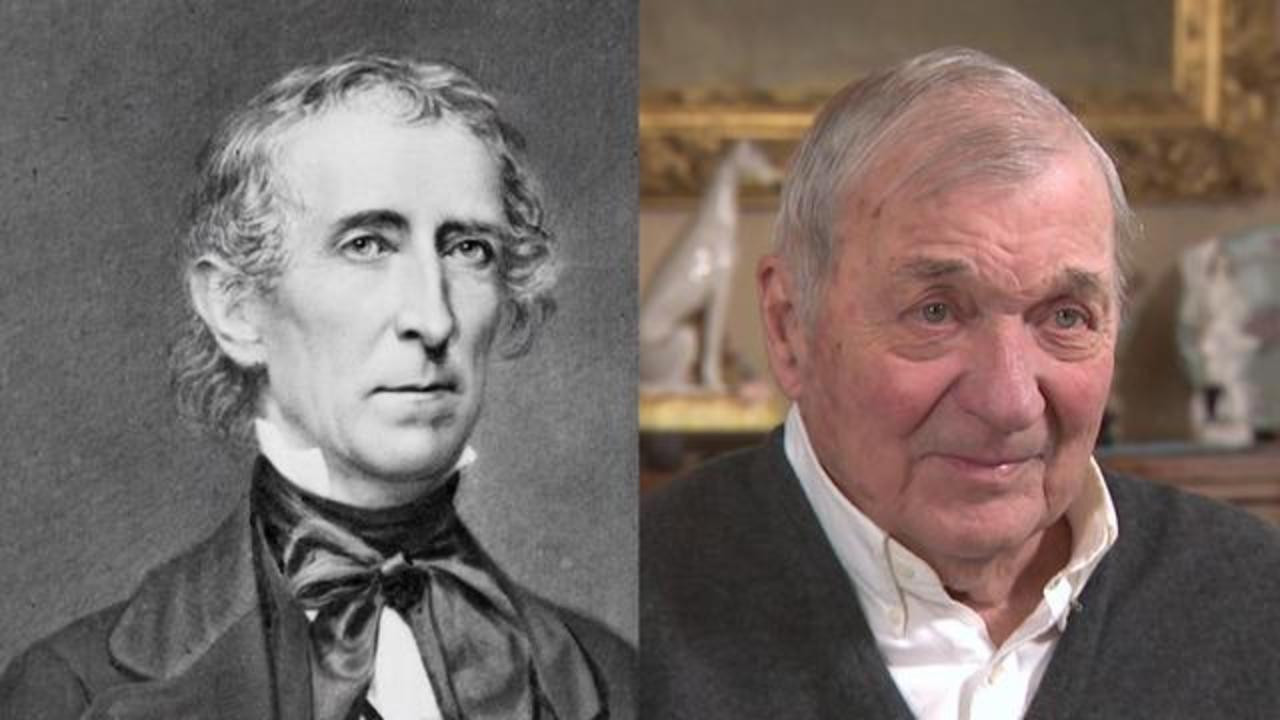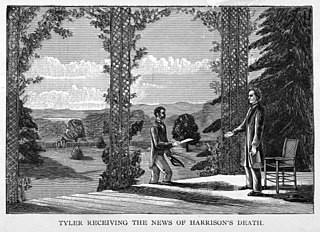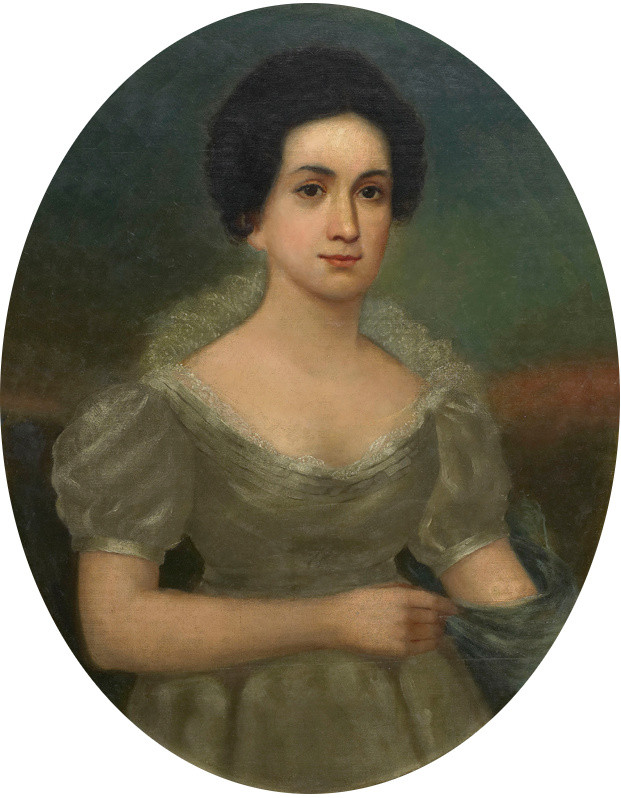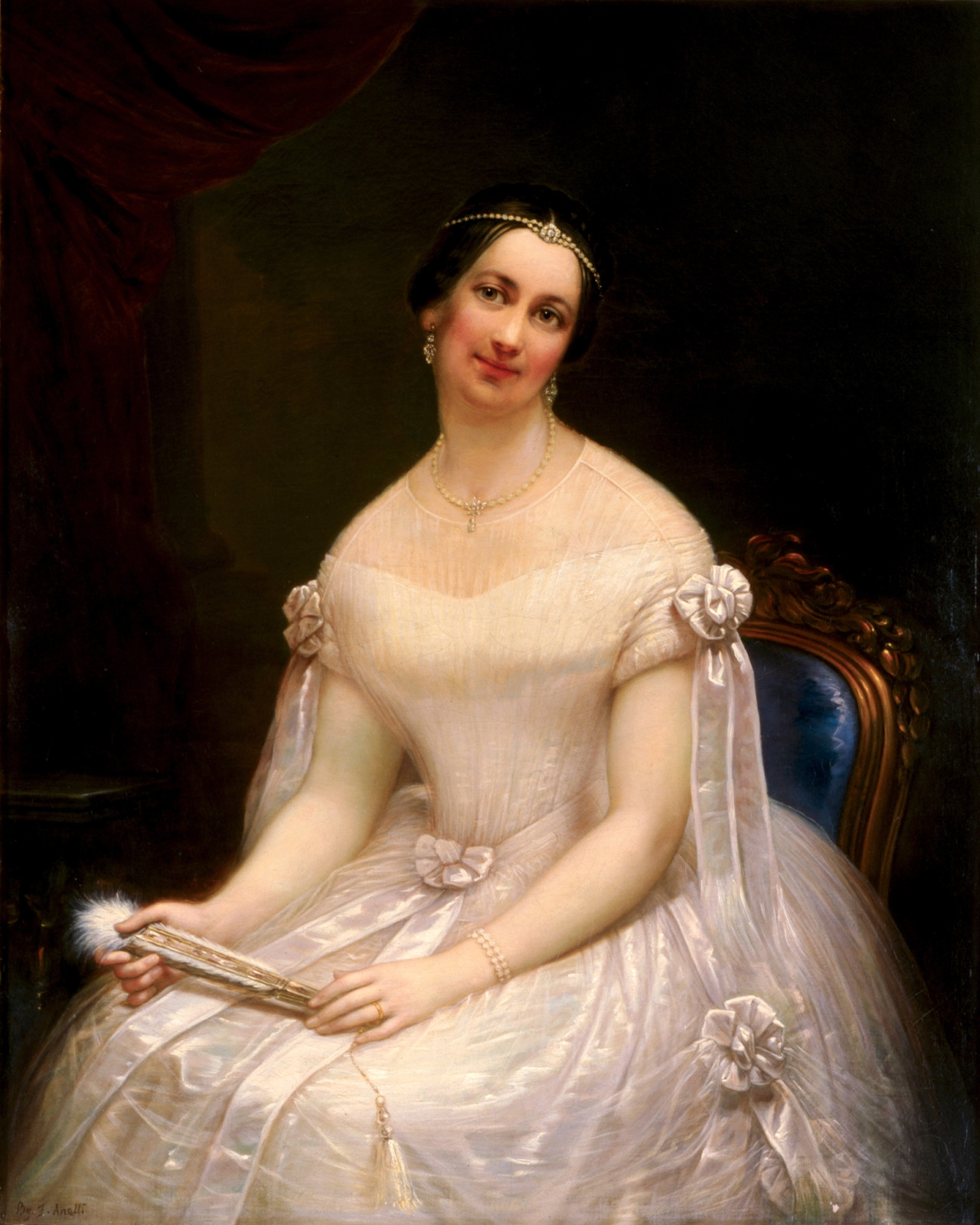It’s often said that American history, though rich and eventful, is relatively short compared to other nations. Yet, this perception shifts dramatically when you realize that the living grandchildren of John Tyler, the tenth President of the United States, are alive today. This remarkable fact bridges a significant span of time, connecting us directly to the early 19th century. Born in 1928, Harrison Ruffin Tyler, a grandson of President Tyler, is currently in his nineties and continues to reside in Virginia, the ancestral home of the Tyler family. This living link offers a fascinating perspective on history and the enduring legacy of American presidents.
President John Tyler, born in 1790 during George Washington’s presidency, was a man deeply rooted in the principles of the Constitution. A staunch originalist, Tyler believed in the strict interpretation of the Constitution, a conviction solidified during his law studies at the College of William and Mary. His political career unfolded against the backdrop of intense 19th-century debates over states’ rights and slavery. As the abolitionist movement grew, so did the defenses of slavery. Tyler firmly advocated for states’ rights, including on the issue of slavery. As a Representative for Virginia’s 23rd district, he opposed the Missouri Compromise of 1820, viewing federal intervention on slavery as a violation of states’ autonomy, despite personally owning slaves and expressing opposition to the institution itself.
 President John Tyler (left) and his grandson Harrison Ruffin Tyler (right).
President John Tyler (left) and his grandson Harrison Ruffin Tyler (right).
Image: A portrait comparison showing President John Tyler on the left in formal attire and his grandson Harrison Ruffin Tyler on the right in a modern setting, highlighting the generational connection across centuries.
Tyler’s unwavering originalist stance was tested early in his vice presidency. Elected as Vice President on the Whig ticket in 1840 with William Henry Harrison to attract Southern voters, Tyler unexpectedly became president just a month into Harrison’s term due to Harrison’s sudden death. A constitutional ambiguity arose: Article II, Section 1, Clause 6 stated that presidential powers would “devolve on the Vice President” in case of death. Many argued this meant Tyler should be “acting president,” merely fulfilling the duties without fully becoming the President. Tyler vehemently disagreed. To ensure national stability, he asserted, he was immediately sworn in as the President, setting a precedent for presidential succession that continues to this day.
 Newspaper illustration of VP Tyler receiving the news of President Harrison’s death.
Newspaper illustration of VP Tyler receiving the news of President Harrison’s death.
Image: An antique newspaper illustration depicting Vice President John Tyler receiving urgent news of President William Henry Harrison’s death, capturing the historical moment of unexpected presidential transition.
Adding to the complexities of his life, Tyler experienced personal tragedy during his presidency. His first wife, Letitia, passed away in the White House in 1842, the first of three presidential spouses to die there. Two years later, at the age of 54, Tyler remarried to Julia Gardiner, with whom he had seven children. One of these children was Lyon Gardiner Tyler (1853-1935). Lyon’s birth when John Tyler was 63 years old is one key to understanding how President Tyler has living grandchildren. Lyon Gardiner Tyler later became the 17th President of the College of William and Mary, continuing his father’s legacy in education and public service.
The second key factor in this fascinating generational link is Lyon Gardiner Tyler’s own late-in-life fatherhood. After his first wife Anne passed away in 1921, Lyon married Sue Ruffin in 1923. Sue was thirty-five years younger than him. In 1928, at the age of 75, Lyon and Sue welcomed Harrison Ruffin Tyler into the world. Despite his prestigious lineage, Harrison grew up in modest circumstances during the Great Depression. Largely homeschooled by his mother, his path to higher education was aided by a $5,000 check believed to have been sent by President Franklin Delano Roosevelt, a friend of his father Lyon. Correspondence from 1937 in the Franklin D. Roosevelt Presidential Library supports this, with a letter from Robert Barnhart, a colleague of the late Lyon Tyler, requesting financial aid for Lyon’s sons, who showed “real intellectual promise.”
 Scanned copy of the letter from Mr. Robert Barnhart to President Roosevelt on behalf of the grandchildren of 10th President John Tyler, 1937.
Scanned copy of the letter from Mr. Robert Barnhart to President Roosevelt on behalf of the grandchildren of 10th President John Tyler, 1937.
Image: A scanned image of a historical letter from 1937, addressed to President Franklin D. Roosevelt, requesting financial assistance for the grandchildren of President John Tyler, highlighting a moment of presidential generosity across generations.
Benefitting from this support, Harrison followed in his grandfather’s footsteps, attending the College of William and Mary and earning a chemistry degree in 1949, followed by a Masters in Chemical Engineering from Virginia Polytechnic Institute in 1951. His entrepreneurial spirit led him to co-found ChemTreat, a successful water treatment company in Virginia, in 1968. In 1975, Harrison’s connection to his family history deepened when he purchased Sherwood Forest Plantation, his grandfather John Tyler’s home for the last two decades of his life. He dedicated himself to its restoration, preserving a vital piece of American history. Though Harrison faced health challenges later in life, including strokes and dementia beginning in 2012, his legacy continues. His son, William, now manages Sherwood Forest, which stands as a historical landmark and museum open to the public. In 2021, the College of William and Mary recognized Harrison Ruffin Tyler’s lifelong support and significant donations of Tyler family documents by naming the “Harrison Ruffin Tyler Department of History” in his honor, cementing his place in history alongside his presidential grandfather.
 Letitia Christian Tyler, first wife of President Tyler. Painted by George Bagby Matthews, 1885.
Letitia Christian Tyler, first wife of President Tyler. Painted by George Bagby Matthews, 1885.
Image: A formal painted portrait of Letitia Christian Tyler, President John Tyler’s first wife, showcasing the elegant fashion and portrait style of the 19th century.
 Julia Gardiner Tyler, second wife of President Tyler. Painted by Francesco Anelli, 1840s.
Julia Gardiner Tyler, second wife of President Tyler. Painted by Francesco Anelli, 1840s.
Image: A painted portrait of Julia Gardiner Tyler, President John Tyler’s second wife, in a classic pose and attire of the mid-1800s.
The existence of John Tyler’s living grandchildren is more than just a historical trivia fact; it’s a tangible connection to a bygone era. It underscores the brevity of American history in the grand scheme of time and highlights the fascinating and often unexpected ways that the past remains interwoven with the present. The Tyler family story serves as a compelling reminder that history is not just confined to books and museums, but lives on through individuals and their enduring legacies.
